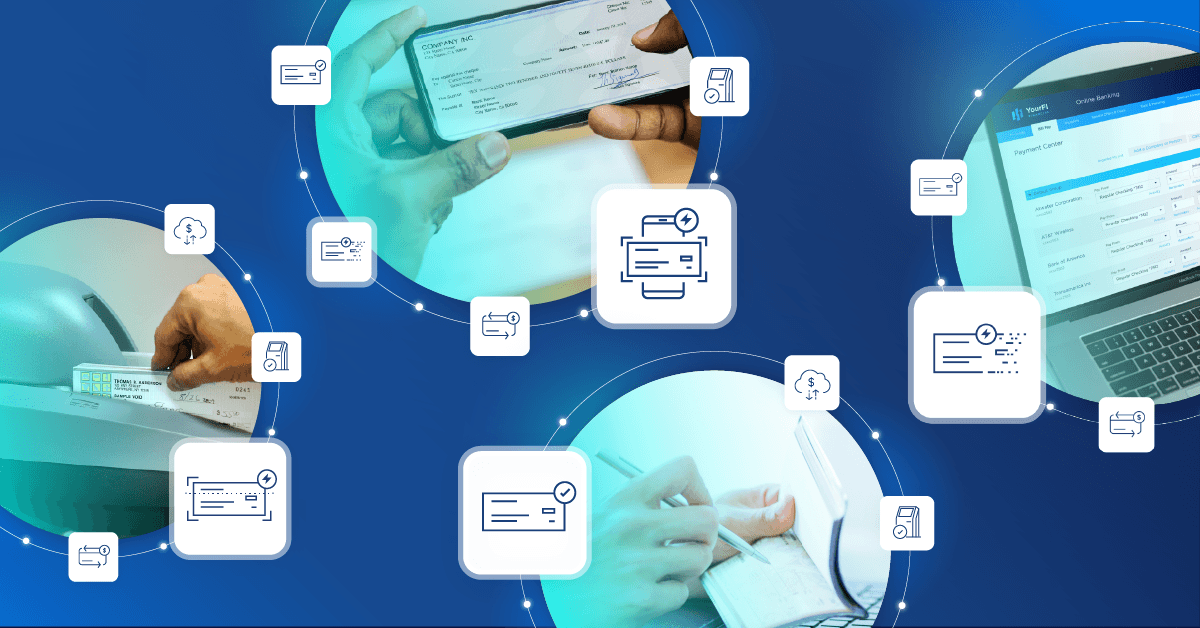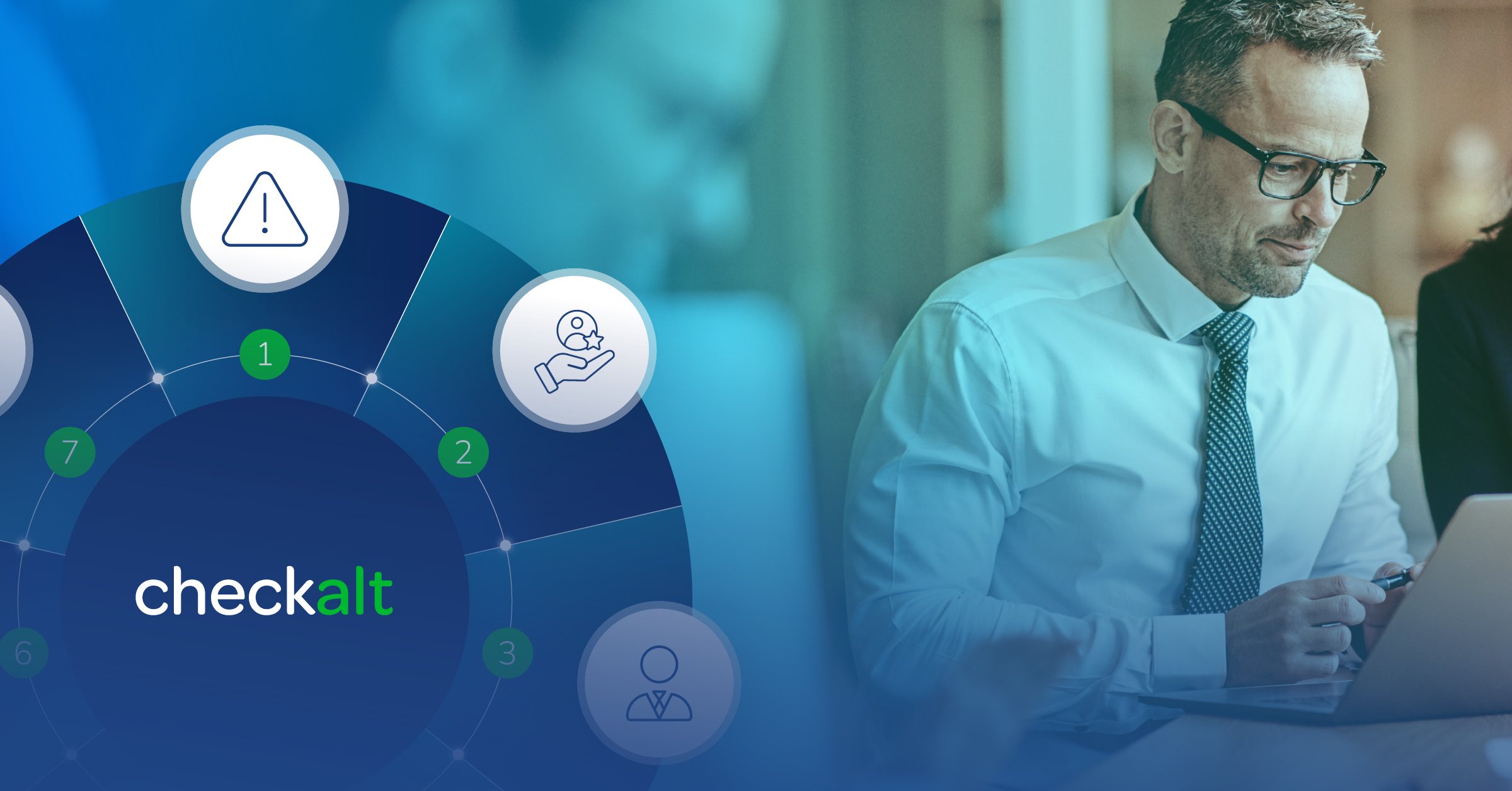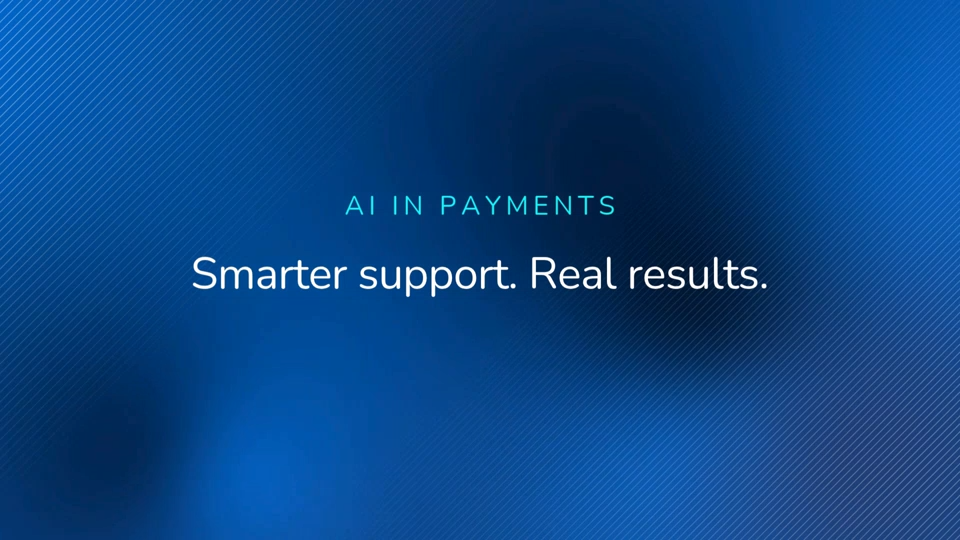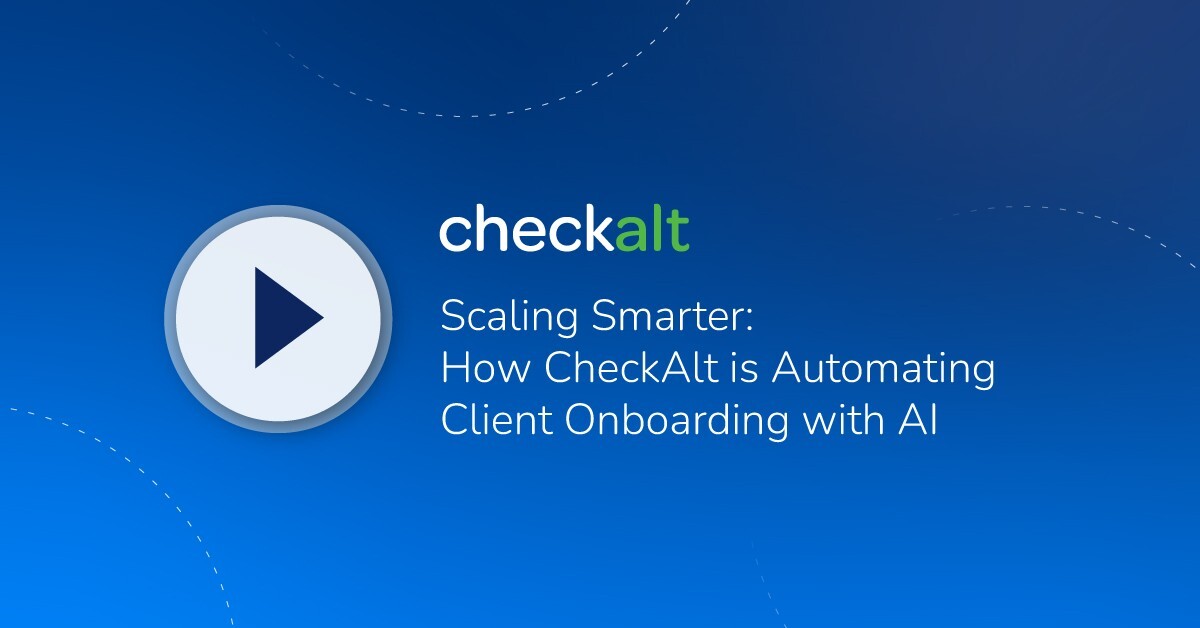
4 min read
2025’s Top Insights: AI, Fraud, and Receivables Modernization
The Top 5 Most-Read Articles of the Year 2025 offered clear insight into what our audiences valued most: practical AI adoption, stronger fraud defenses, and modernizing legacy receivables workflowswithout disruption.
Read More







.jpg?width=1200&height=628&name=thumbnail_blog-image-9122025%20(1).jpg)





